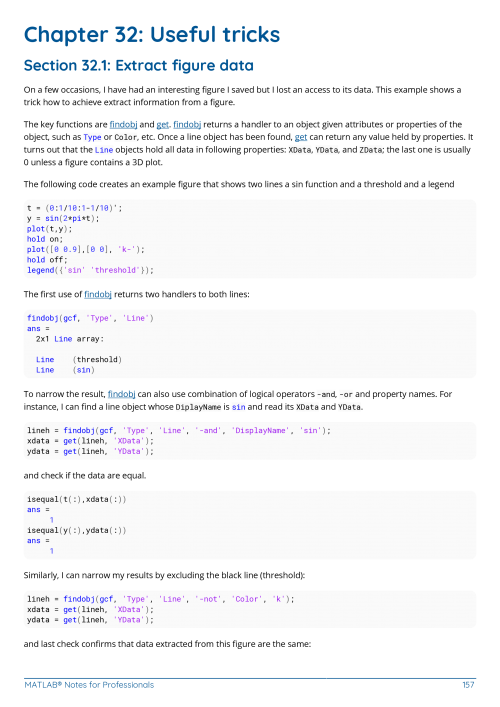

The actual data values are stored, and when you perform calculations, it is the actual data values - consistent with the limits of the Data Type and amount of allocated memory - that are used, not the values displayed in the cell.ĭecimal, Scientific and Engineering Notation Note that this is merely a visual representation of the data set. When you import or type your data into a worksheet, Origin uses the number of digits/decimal places settings to display the data in each cell.

Specify decimal, scientific, or engineering formats or a custom format.

When the worksheet column is set to Format = Numeric or Text & Numeric, the number of displayed digits is determined by a combination of these settings in the Column Properties dialog box: If the Data Type is not appropriate to the data, you risk losing precision in your numbers. For the same reason, you should verify the column Data Type before you enter or import data into a worksheet column. Select from the Data Type drop-down list.ĬAUTION: Data Types of less than Double(8) may cause problems with various math operations.In the Column Properties dialog, choose Format = Numeric.With the column selected, choose Format: Column from the Origin menu.Right-click on a selected column and choose Properties.To open the Column Properties dialog box: For instance, if you needed to save even more memory (upwards of an additional 50%), you could change columns to Format = Numeric with a Data Type of Real(4) (see the note of caution, below): When you are working with numeric data, you can adjust the amount of storage allocated to each data value by changing the Data Type setting in the Column Properties dialog box. While Text & Numeric generally supports Origin's custom display formatting, there are quirks and setting Format to Numeric eliminates some issues. In addition, if you are applying custom formats to a column of numeric data, you should change the column Format from Text & Numeric to Numeric. Select Use Numeric as Preferred Column Type.From the menu, select Preferences: Options.If you are concerned about maximizing system resources, you can configure Origin to use Numeric Double(8) for all columns in new worksheets: In most cases this difference will not cause problems with machine performance. The Text & Numeric format uses approximately 20% more memory than type Numeric Double(8). 5 Decimal, Scientific and Engineering Notation.2 Numeric Data Types and memory allocation.


 0 kommentar(er)
0 kommentar(er)
